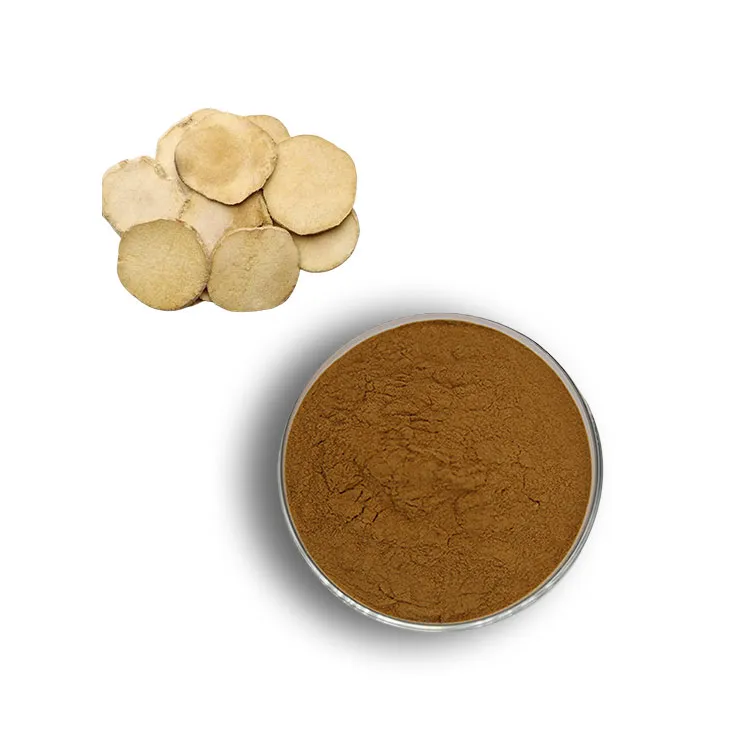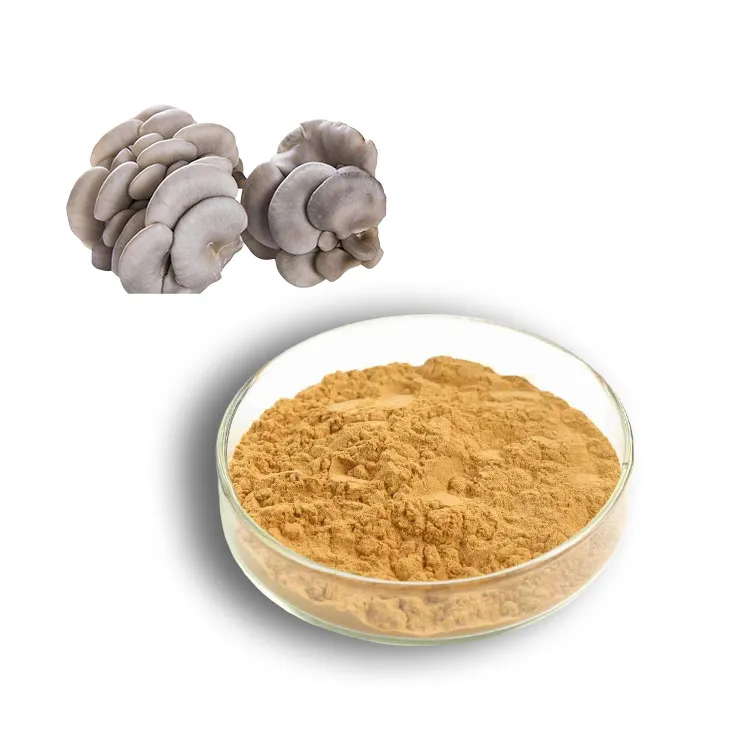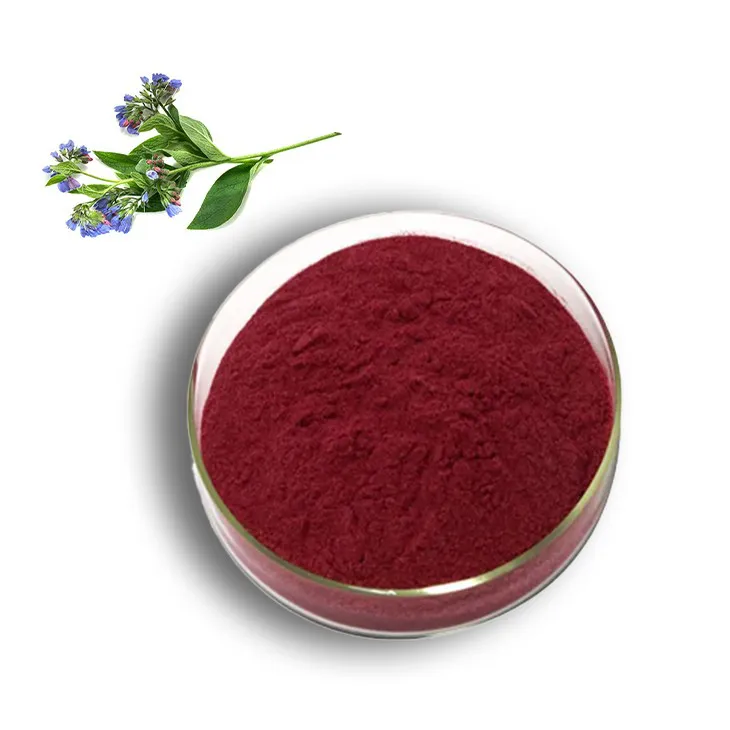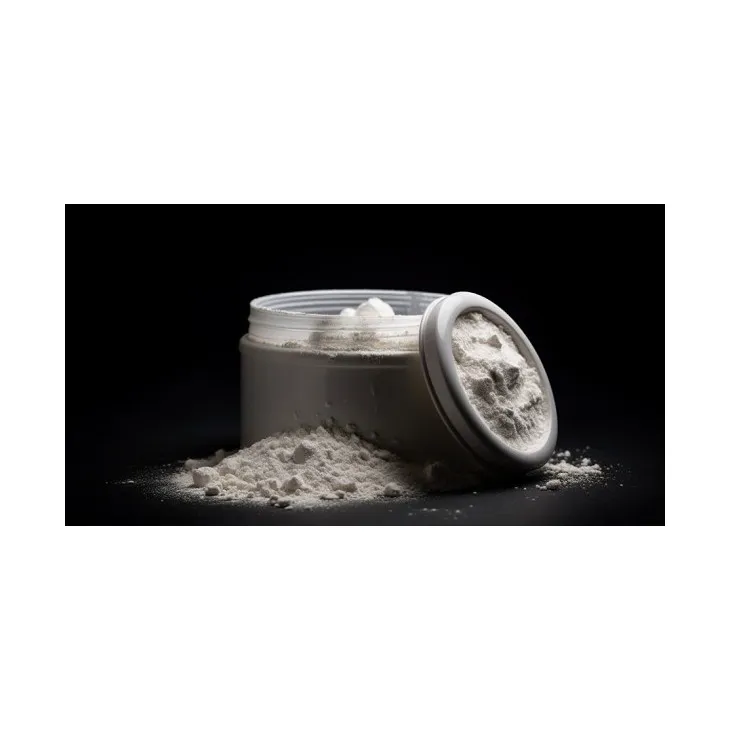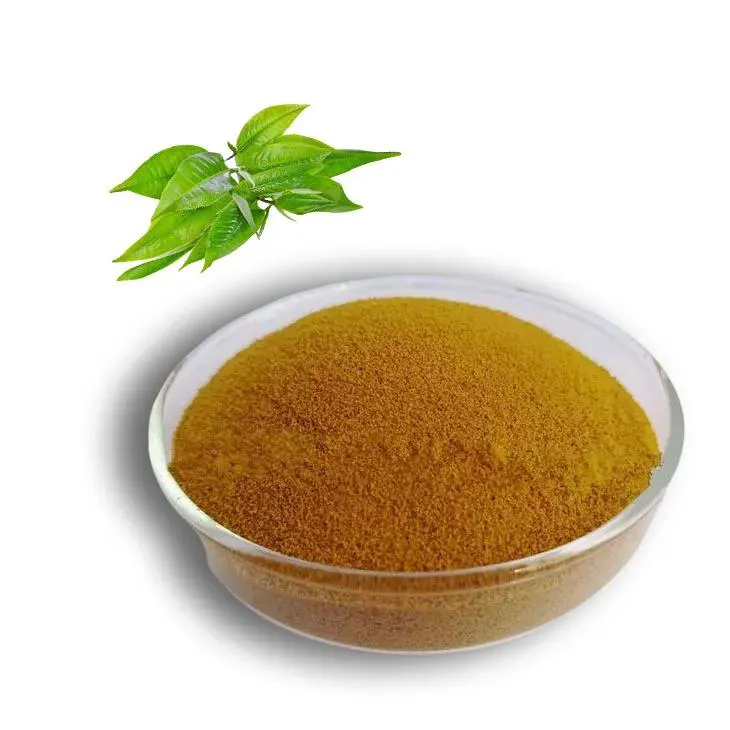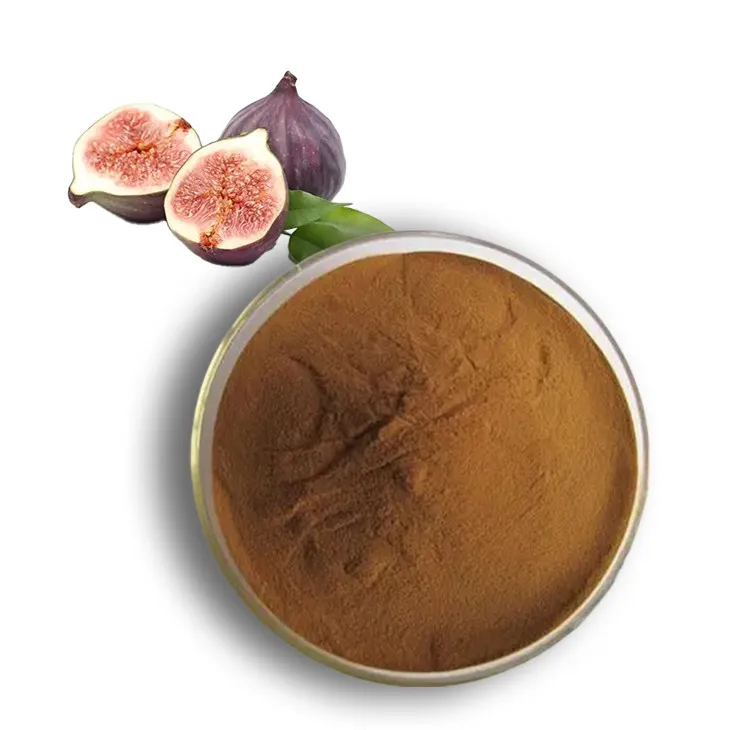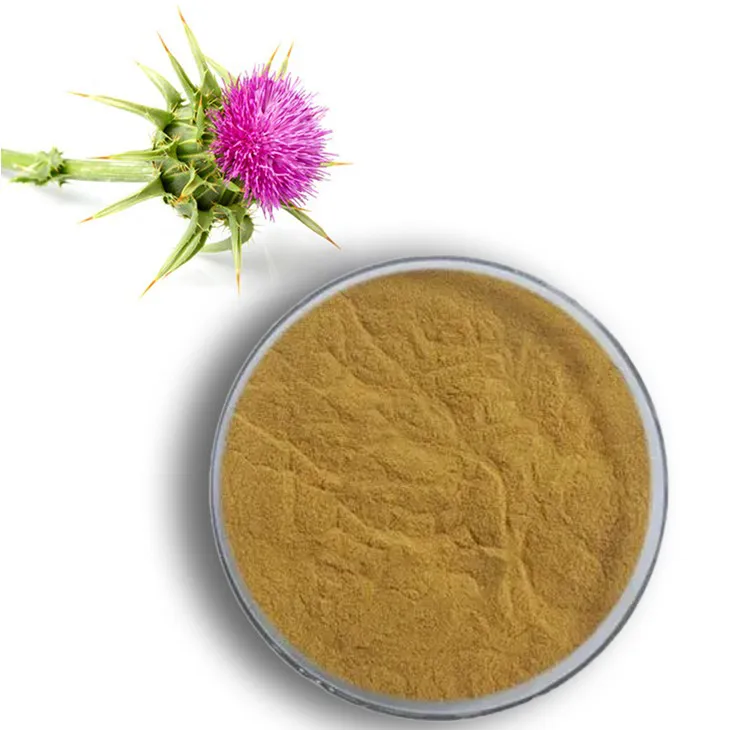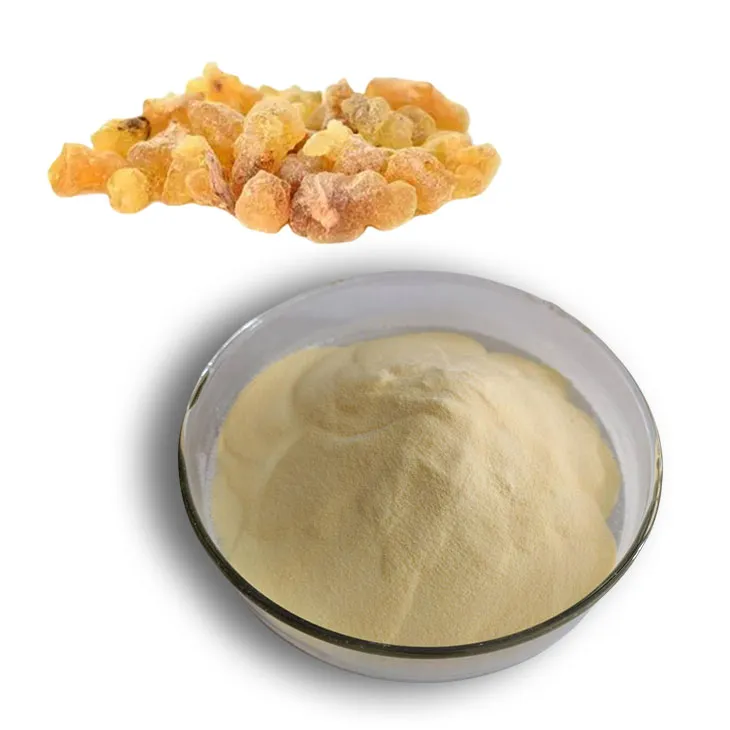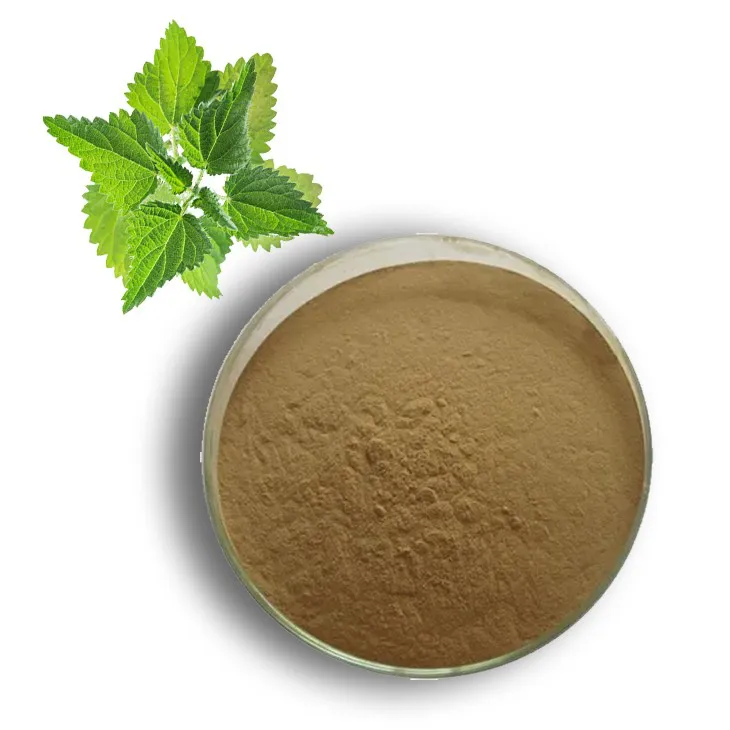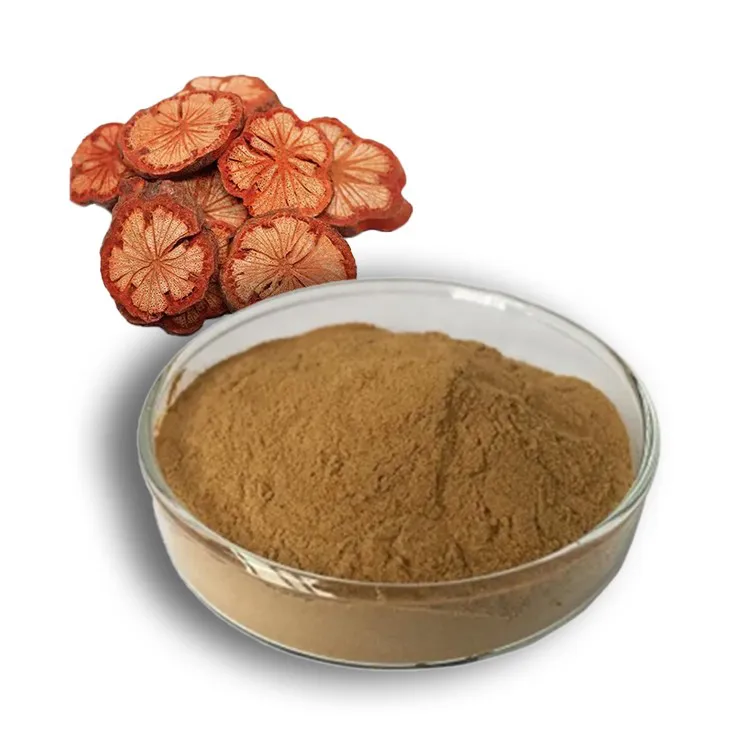- 0086-571-85302990
- sales@greenskybio.com
Soluble vs. Insoluble Fiber: Which Is Better for Your Digestion and Why
2025-10-17
When dealing with digestive issues like diarrhea or constipation, the type of fiber you consume plays a crucial role. Soluble fiber is typically recommended for alleviating diarrhea, while insoluble fiber is effective for relieving constipation.
Soluble Fiber: Ideal for Diarrhea Relief
Experiencing diarrhea involves having frequent, loose, and watery stools. Soluble fiber can alleviate these symptoms in the following ways:
Reduces the Frequency of Bowel Movements: Soluble fiber dissolves in water and forms a gel-like substance that slows the movement of food through the digestive tract, which helps reduce bowel movement frequency.
Improves Stool Consistency: In cases of diarrhea, excess water in the intestines causes loose stools. Soluble fiber absorbs this water, forming a gel-like substance that improves stool consistency.
Foods high in soluble fiber include:
Beans (black, kidney, navy)
Brussels sprouts
Dried figs
Flaxseed
Fresh apricots
Mango
Cooked oat bran cereal
Cooked oatmeal
Oranges
Pumpernickel bread
Insoluble Fiber: Effective for Constipation Relief
Constipation is characterized by having fewer than three bowel movements per week, often with hard and dry stools that are difficult to pass. Unlike soluble fiber, insoluble fiber does not dissolve in water; it retains its form, adding bulk to stools and facilitating their movement through the digestive system.
For constipation, foods rich in insoluble fiber are recommended:
Bananas
Barley
Fresh apples (with skin)
Fresh pears (with skin)
Green peas
Ground flaxseed
Okra
Raspberries
Sweet potatoes (without skin)
Wheat bran
Whole wheat pasta
How to Incorporate More Fiber
To increase fiber intake efficiently and comfortably, it's important to do so gradually. Aim for one additional serving per day over a week to allow your body to adjust. Introducing fiber too quickly can cause bloating, cramps, diarrhea, and gas.
Staying hydrated is equally important when increasing fiber intake. Drinking enough water helps with fiber digestion and prevents gastrointestinal discomfort.
Both types of fiber are essential for a healthy diet, and incorporating a balance of soluble and insoluble fibers can support overall digestive health. Adjust your fiber choices based on specific digestive symptoms to achieve optimal results.
- ▶ Hesperidin
- ▶ Citrus Bioflavonoids
- ▶ Plant Extract
- ▶ lycopene
- ▶ Diosmin
- ▶ Grape seed extract
- ▶ Sea buckthorn Juice Powder
- ▶ Fruit Juice Powder
- ▶ Hops Extract
- ▶ Artichoke Extract
- ▶ Mushroom extract
- ▶ Astaxanthin
- ▶ Green Tea Extract
- ▶ Curcumin
- ▶ Horse Chestnut Extract
- ▶ Other Product
- ▶ Boswellia Serrata Extract
- ▶ Resveratrol
- ▶ Marigold Extract
- ▶ Grape Leaf Extract
- ▶ New Product
- ▶ Aminolevulinic acid
- ▶ Cranberry Extract
- ▶ Red Yeast Rice
- ▶ Red Wine Extract
-
Alisma Extract
2025-10-17
-
Oyster Mushroom Extract Powder
2025-10-17
-
Shikonin
2025-10-17
-
Aminolevulinic acid
2025-10-17
-
Green Tea Extract
2025-10-17
-
Fig Extract
2025-10-17
-
Milk Thistle Extract
2025-10-17
-
Boswellia Serrata Extract
2025-10-17
-
Nettle leaf extract
2025-10-17
-
Red Vine Extract
2025-10-17











